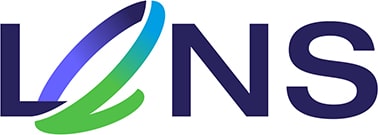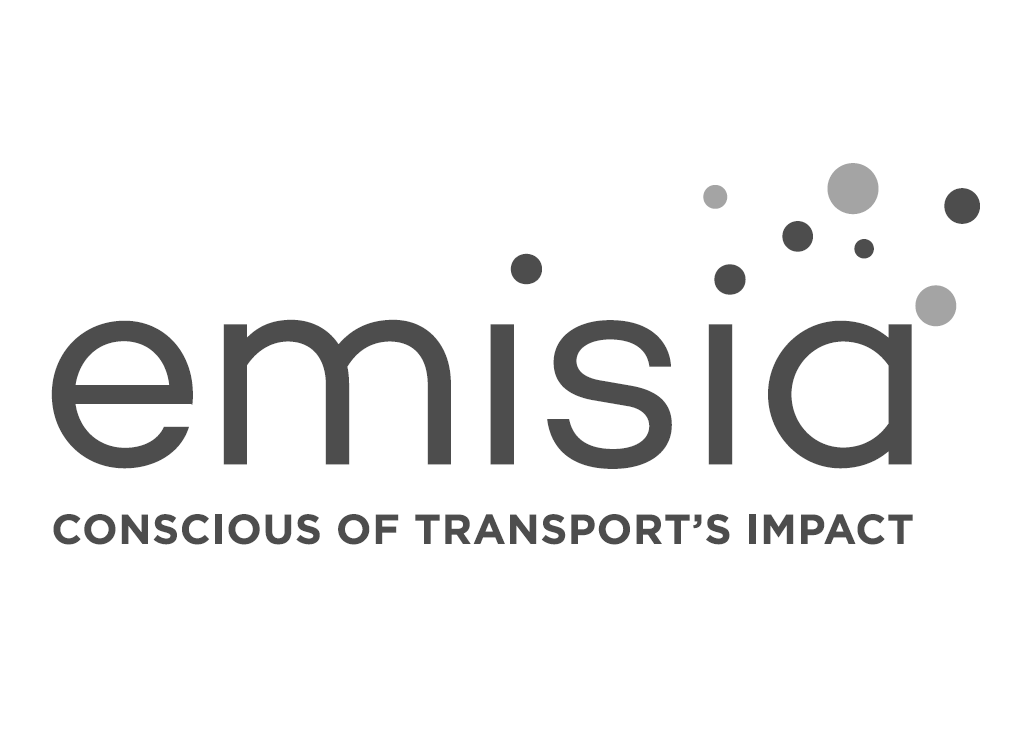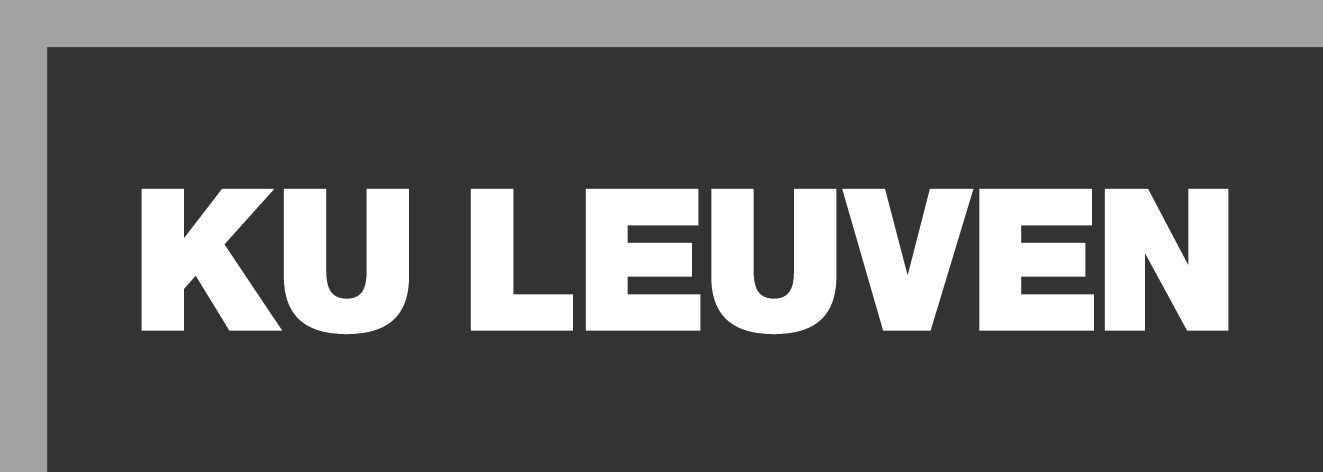What is LENS?
LENS, or L-vehicles Emissions and Noise mitigation Solutions, is a Horizon Europe project that started in September 2022 and will run until August 2025.
LENS works on the development and promotion of interventions and best practices to solve the problem of noise and emissions, also suggesting solutions to improve the performance of future vehicles and minimise the impact of existing vehicles.

LENS will apply techniques to monitor the noise and emissions of LVs, provide recommendations on how to control the contribution of current and future LVs, examine emissions and noise performance under real driving conditions and deploy methods to identify tampered vehicles. LENS will also conduct detailed pollutant and noise characterisation of 150 vehicles in the lab and on the road. This new information will help improve emission factors and assessment methods and tools used in air and noise pollution assessments. The research results will provide information on different policy options for regulators, cities and authorities, including the improvement of test procedures for type approval (TA).
LENS’s objectives are to:
- Further enhance, adapt and revise sound and emissions characterisation techniques developed in earlier projects for combined measurements of noise, nanoparticle & gaseous pollutants of LVs.
- Characterise noise and emissions over a variety of real-world (RW) operating conditions, including strong accelerations, speed variations, high speeds, and cold engine start, as well as characterise pollutants in the lab, especially those which are difficult to measure in the road.
- Develop, deploy, and validate refined beyond-state-of-the-art techniques in-field to identify LVs with excessive noise and high particle number emissions through the use of on-road measurements for 150 LVs.
- Link results from screening surveys directly to roadside inspections of suspected tampered LVs and synthesise these results by proposing mitigation actions to prevent tampering of LVs.
- Compare on-road and regulatory emission and noise results, thus providing specific technical and policy recommendations, as well as simulation models, that can contribute to alleviating the impact of current and future LVs on noise and air pollution.
- Transfer knowledge and results, tools, and methods to potential users, as well as enhance and deliver a (free) mobility app on best practices guidance for riders.







